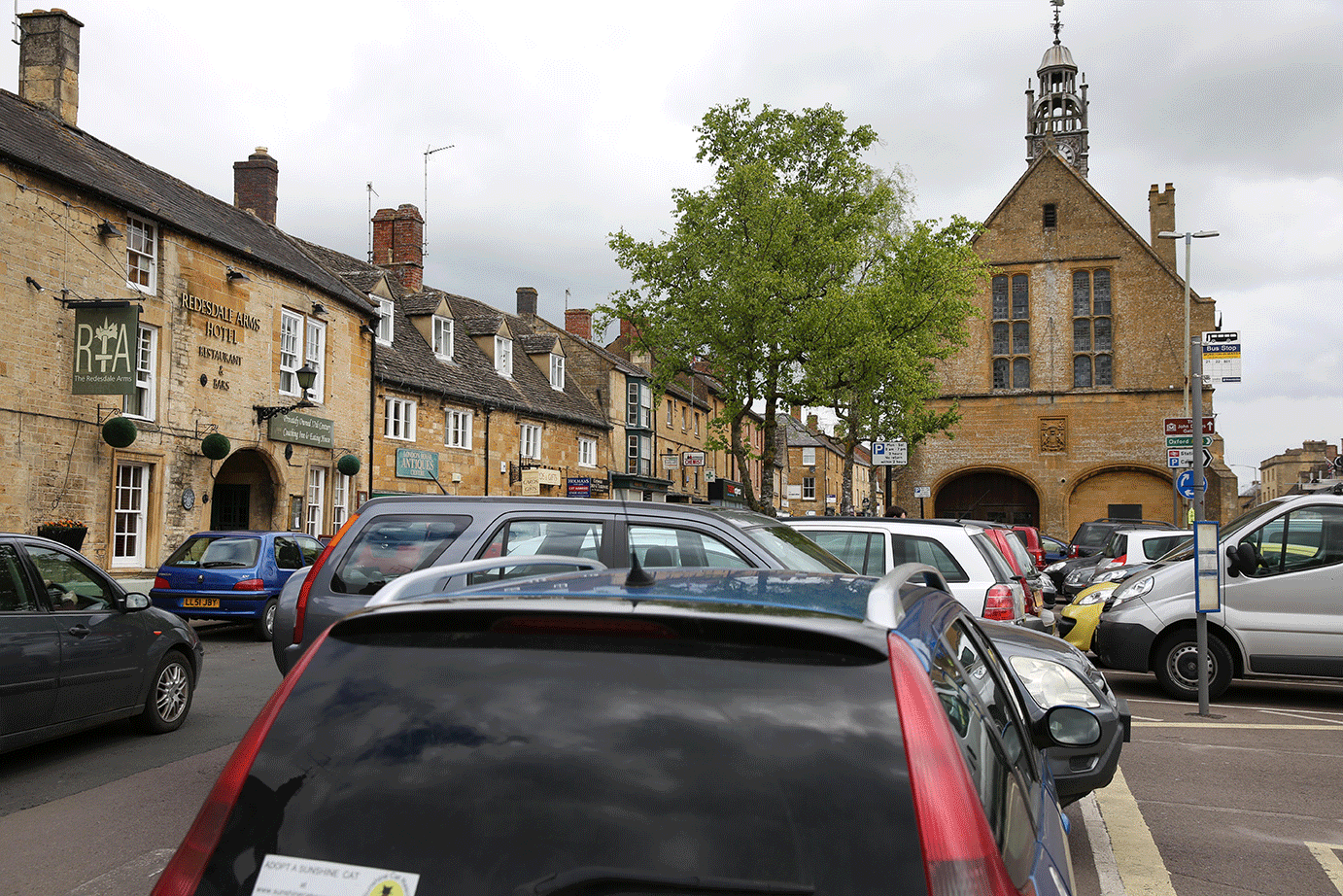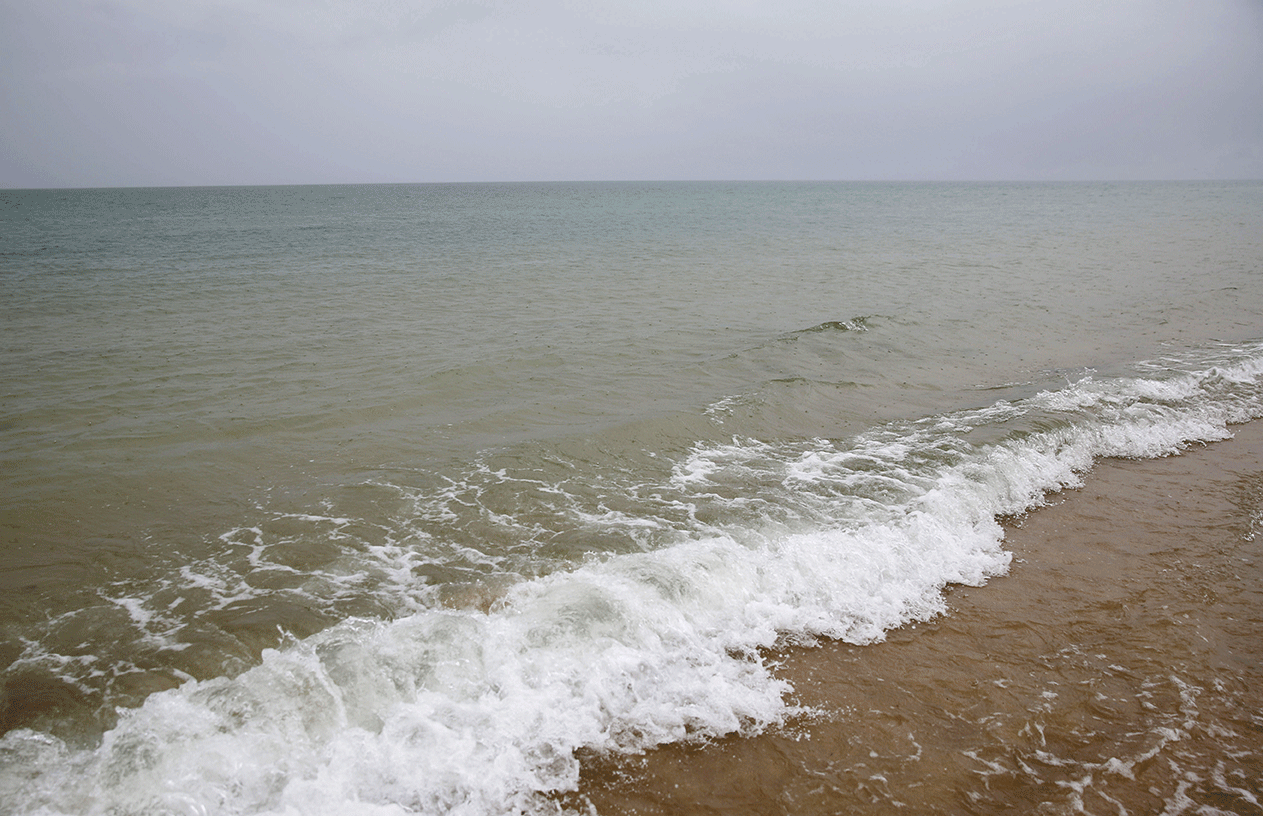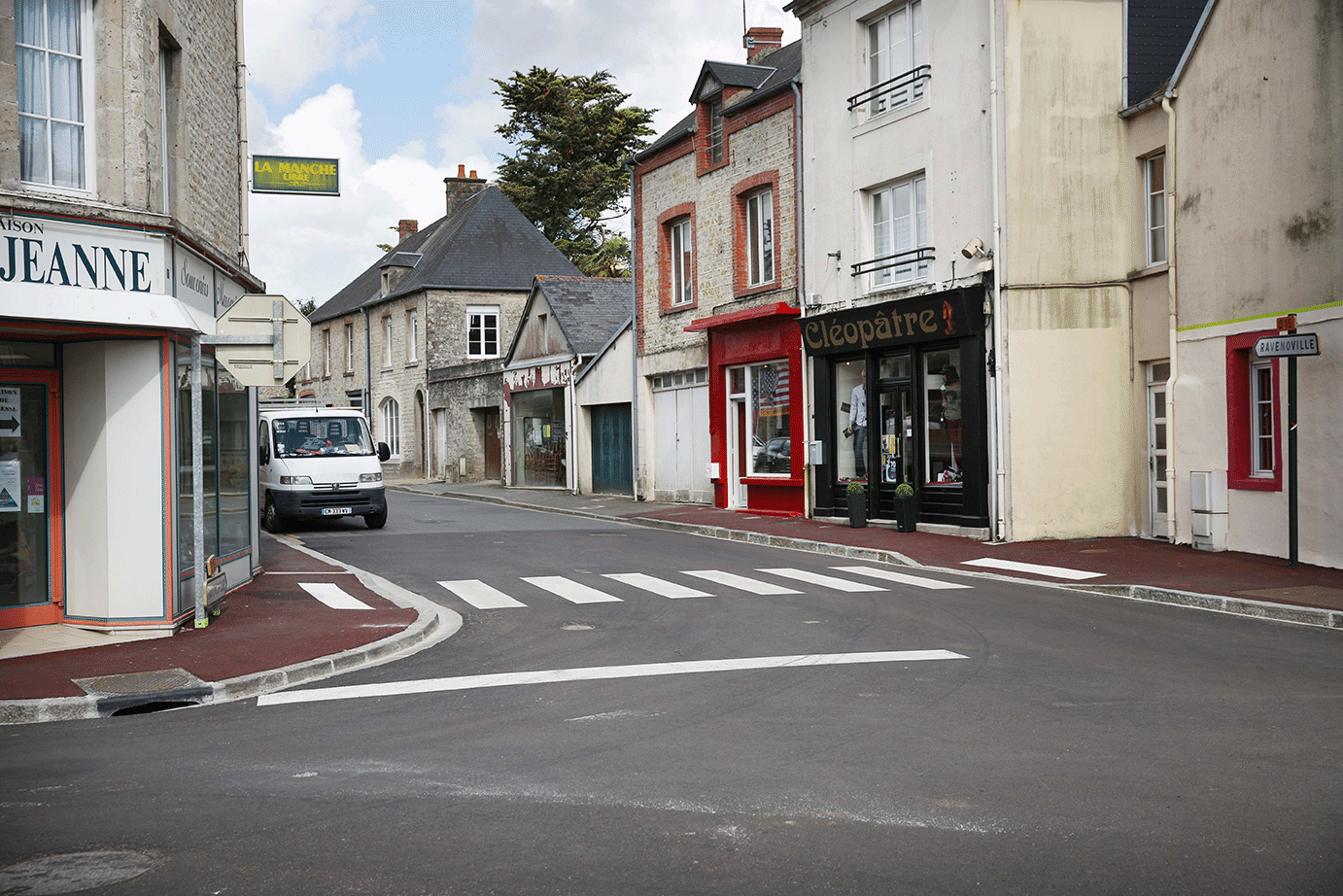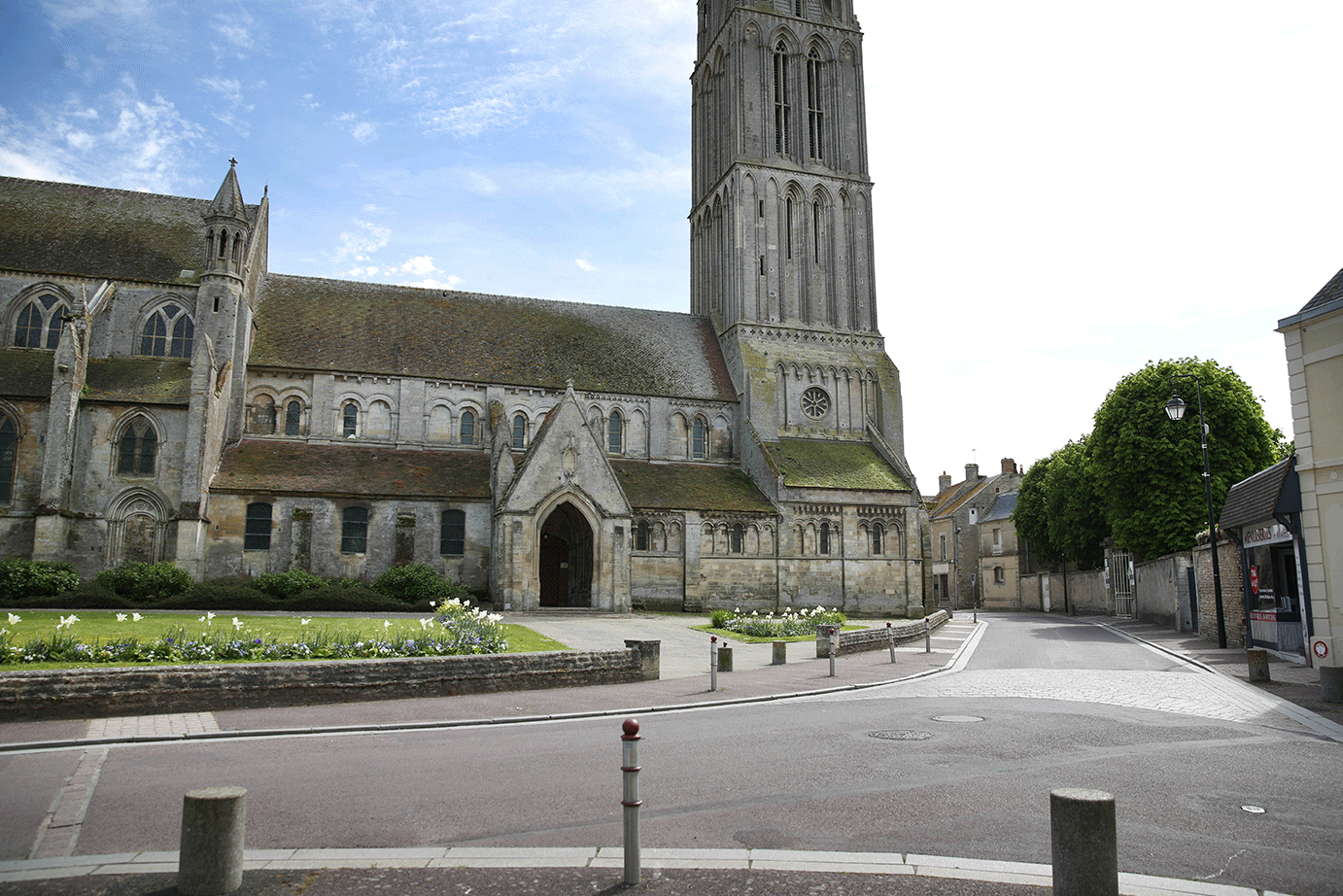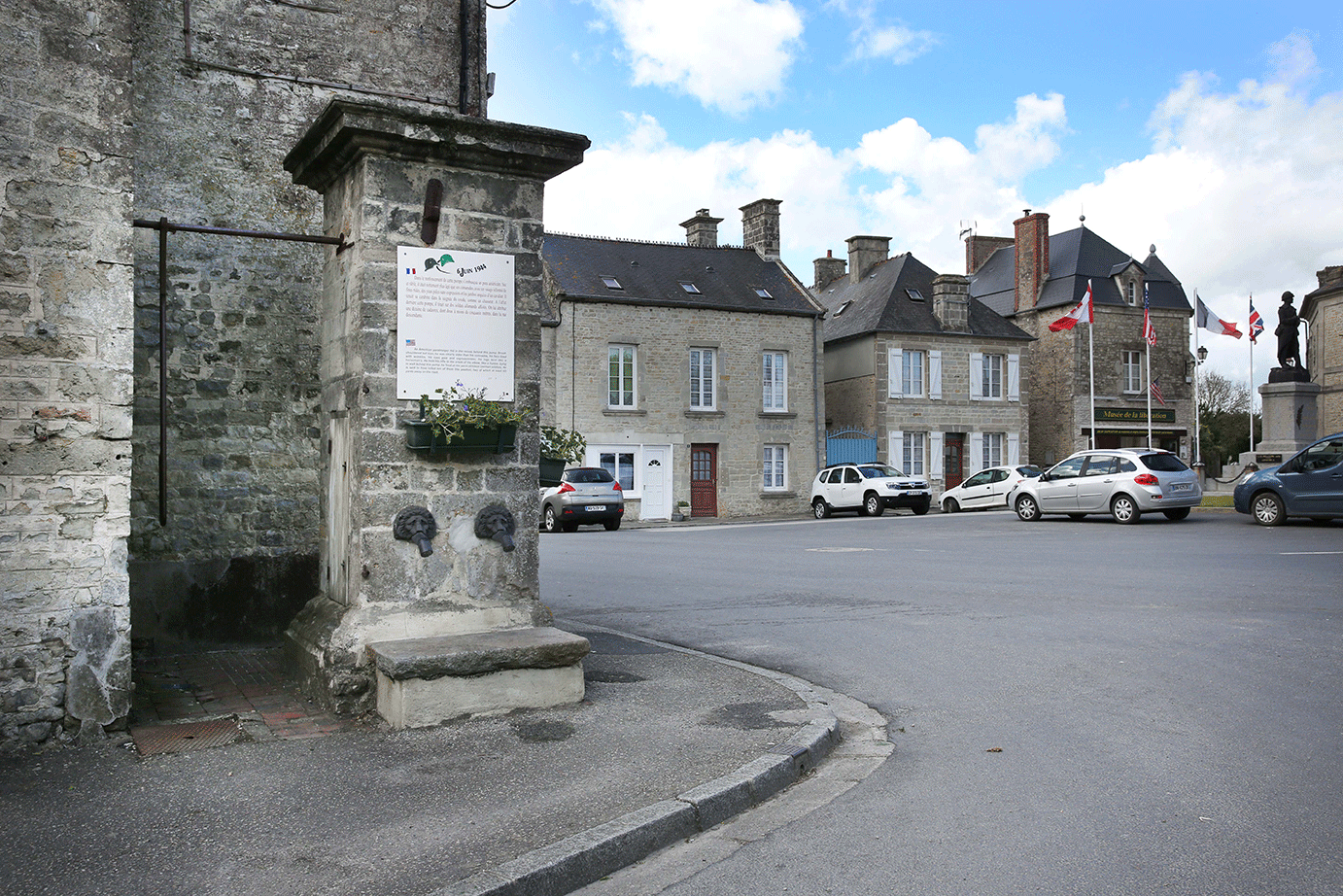D-Day: Standing on the footprint of history
To mark the 70th anniversary of D-Day, Getty Images photographer Peter Macdiarmid went through archival images, identified landmarks and then "literally stood on the footprints of history," taking present-day images of the same ground walked by Allied forces in their march to liberate Europe from Nazi occupation.
In this composite image, a general view of the high street in Moreton-in-Marsh, England. In May 1944, the town square was stockpiled with supplies and ammunition earmarked for the impending D-Day invasion of France.
Weymouth, England
A view of the seafront in Weymouth, England. In June 1944, U.S. troops marched along the Esplanade on their way to ships bound for Omaha Beach for the D-Day landings in Normandy.
Weymouth Harbour, England
A view of the harbor in Weymouth, England. In June 1944, boats full of U.S. troops waited to leave southern England to take part in Operation Overlord in Normandy.
Colleville sur Mer, France
A view of the Omaha Beach near Colleville sur Mer, France. In June 1944, American craft of all styles are pictured during the first stages of the Allied invasion.
La Breche, France
A view of the seafront and Queen Red Beach in La Breche, France. On June 6, 1944 at approximately 8:40 a.m., commandos of Britain's 1st Special Service Brigade landed at the SWORD area of the beach.
Saint Aubin sur Mer, France
A view of the sea at Nan Red Beach in the Juno beach area in Saint Aubin sur Mer, France. On June 6, 1944 at approximately 9:00 a.m., Royal Marine Commandos of Britain's 4th Special Service Brigade made their way onto the beach.
Bernieres-sur-Mere, France
A view of the seafront and Juno beach in Bernieres-sur-Mer, France. On June 6, 1944, troops of the 3rd Canadian Infantry Division landed at Juno Beach. Fourteen thousand Canadian soldiers were put ashore and 340 lost their lives in the battles for the beachhead.
Pointe du Hoc, France
A view of the cliffs in Pointe du Hoc, France. In June 1944, Colonel James E. Rudder established a Post Commando after the assault at the cliffs by the 2nd Ranger Battalion. German prisoners were gathered and an American flag was deployed for signaling.
Sainte Mere Eglise, France
A view of the high street in Sainte Mere Eglise, France. On June 6, 1944, a French armored column passed through the small French town, getting a warm welcome from the inhabitants.
Vierville sur Mer, France
A view of Omaha Beach near Vierville sur Mer, France. In June 1944, American troops stood by with stores after the D-day landings.
Bernieres sur Mer, France
A view of Juno Beach in Bernieres sur Mer, France. In June 1944, a large number of German prisoners were gathered on the beach, guarded by British soldiers from the 2nd Army on Juno Beach in Normandy, France.
Bernieres-sur-Mere, France
A view of the street area and Notre Dame Nativity church in Bernieres-sur-Mer, France. On June 6, 1944, a Canadian soldier directed traffic.
Sainte-Marie-du-Mont, Normandy, France.
A view of the old village fountain in Sainte Marie du Mont, France. On June 12, 1944, a group of American soldiers stood at the village fountain. Sainte-Marie-du-Mont, located in Normandy, was liberated by a group of paratroopers of the 501st and 506th Regiments of the 101st Airborne Division.
Trevieres, France
A view of the market square in Trevieres, France. On June 15, 1944, the body of a German soldier belonging to the 2. Infanterie Regiment lay on the market square. The two jeeps in the center of the photo and the two GIs at the left are part of the MP platoon of the 2nd Infantry Division.
Basly, France
A view of a graveyard with the Church of Saint Georges de Basly in the background in Basly, France. In June 1944, three soldiers of the 23rd Field Ambulance, Royal Canadian Army Medical Corps of the 3rd Canadian Infantry Division placed flowers on graves. Two soldiers wore the armband for the Red Cross. In the four temporary graves were a Scottish and Canadian soldier and two French civilians.
Caen, France
A view of the Rue de Bayeux in Caen, France. On July 10, 1944, an older couple watched a Canadian soldier with a bulldozer working in the ruins of a house. The church towers in the background survived the Allied bombing intact.
Saint-Lo, Normandy, France
A view of the roadway in Saint Lo, France. In July 1944, U.S. Army trucks and jeeps drove through the bombarded town as a group of America soldiers walk along the street. The town was almost totally destroyed by 2,000 Allied bombers when they attacked German troops stationed there during Operation Overlord in June.
